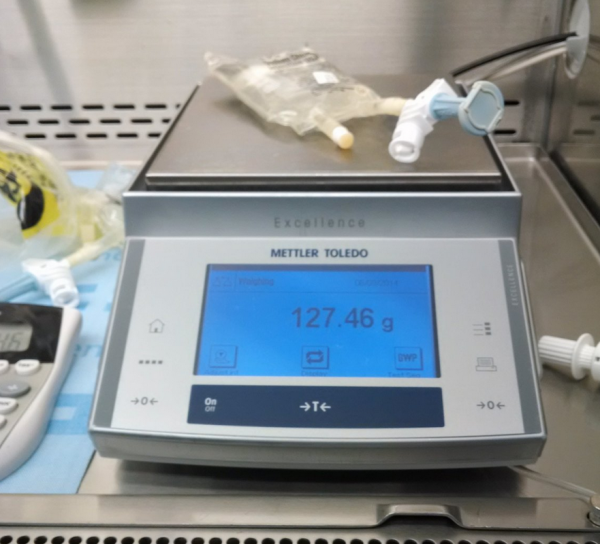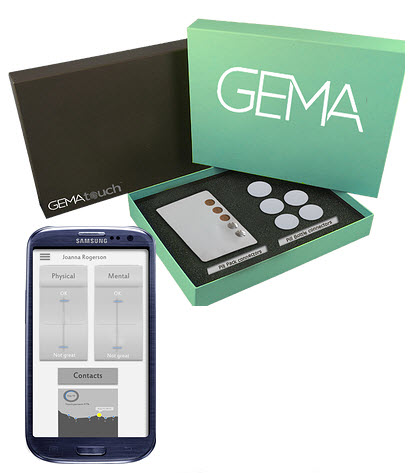NarcoMedic is a product from Pearson Medical Technologies. Pearson is a small company out of Alexandria, LA. They’ve made a business out of bar code labeling and packaging technologies. You’re probably most familiar with their iPackRx unit dose packager and m:Print software; either as the direct product or possibly as an OEM’d version for another company.
A colleague sent me a marketing email a few days ago from Pearson announcing NarcoMedic, a “decentralized management platform†for controlled substances. It caught my attention as I thought about something like this several years ago.
As with other automated dispensing units, NarcoMedic is designed to dispense medications at the point of care, i.e. nursing unit. With that said, what caught my attention were the following points:
- Tabletop design – 38â€H x 23â€L x 32â€D. Med rooms tend to be cramped. It’s nice to have the option for a small unit.
- Packages and dispenses in individual patient-specific bar coded packages (packages on demand from storage locations)
- Packages and dispenses tablets, vials, ampules and syringes in individual packages.
Pretty interesting. As I said, it’s not a new concept, but perhaps it’s time has come. Regardless, it’s nice to see someone out there trying something new.
 Several months ago I wrote about
Several months ago I wrote about  This is interesting, the use of NFC tags to track patient’s medication compliance. Makes sense when you consider the ubiquitous nature of NFC on mobile devices these days.
This is interesting, the use of NFC tags to track patient’s medication compliance. Makes sense when you consider the ubiquitous nature of NFC on mobile devices these days.